This story was produced by The Hechinger Report, a nonprofit, independent news organization focused on inequality and innovation in education.
A new film chronicles the history of the institutions that helped uplift civil rights
The abolitionist, statesman, and civil rights leader Frederick Douglass said that denying a person an education means adding another link in the chain of their servitude. Quoting his owner in his book Life of an American Slave, Douglass wrote, “[I]f you teach that nigger (speaking of myself) how to read, there would be no keeping him. It would forever unfit him to be a slave.”
Whenever I hear the ahistorical question of whether we still need historically black colleges and universities (HBCUs), I think of Douglass, as well as the permanency of income equality, housing segregation, and inadequate funding for black colleges, and I realize how entrenched are the efforts to keep black people in bondage.
People who know American history, specifically black history, don’t ask if we need HBCUs. They know that as soon as the Civil War commenced and enslaved blacks left plantations, they looked for new places to live and new schools to attend. Just like Douglass, the formerly enslaved knew that to be educated was to be truly free. At the beginning of the Civil War, the escapees hitched their wagon to their Northern brothers’ and sisters’ mission for higher education. Consequently, higher education became the first item on the black national agenda for freedom and independence. It was probably around then that people started questioning the need for black colleges and universities.
Black peoples’ historic quest for freedom and equality is braided so tightly with the founding and maintenance of HBCUs that chronicling the institutions provides a profound history lesson of the United States’ struggle to provide an equitable education to African Americans. And that’s exactly what Stanley Nelson’s new documentary about HBCUs does.
Tell Them We Are Rising premieres on PBS’ Independent Lens series on February 19. The film highlights how HBCUs were founded in the cauldron of segregation. It describes the philosophical battles undergirding the debates between the merits of an industrial arts or liberal arts education, which still permeate campuses today. The movie recognizes schools and alums that radically changed America and the world, such as Howard University’s Thurgood Marshall, the first black Supreme Court judge. But Rising’s main contribution to history is how it properly situates the role that black colleges played in the Civil Rights movement. It’s a role they still play today.
The federal government defined an HBCU in 1965 as “any historically black college or university that was established prior to 1964, whose principal mission was, and is, the education of black Americans.” (It is important to note, however, that the black composition of HBCUs didn’t preclude them from working to eliminate segregation in all facets of life off-campus. Rising’s director Stanley Nelson told me, “HBCUs have always been open to all races for this reason.”) The National Center for Education Statistics currently lists 102 HBCUs, but there have been several that have come and gone over the decades since abolitionists and faith-based organizations endowed the educational institutions, many of which have evolved into today’s colleges and universities.
But a rash of HBCUs have closed in the last 30 years due to inequitable funding and financial management struggles, which are related to several universities’ struggles to maintain their academic accreditation. In an op-ed published on Inside Higher Ed, Alvin Schexnider, former chancellor of Winston-Salem State University, cited almost a dozen HBCUs that have closed permanently since Brown vs. the Board of Education was decided in 1954, and several that have had trouble keeping accreditation since. “HBCUs are in a death spiral and may not be salvageable,” Schexnider wrote, arguing that the institutions need a new business model. Black students have more options today than in a segregated system and financial aid has not kept pace with students’ needs and the cost of serving them. Schexnider may be right—to be sure, what’s in place now isn’t working—but what kind of business model would surmount stark inequality?
A rash of HBCUs have closed in the last 30 years due to inequitable funding and financial management struggles, which are related to several universities’ struggles to maintain their academic accreditation.
“[W] hen one compares the University of North Carolina–Chapel Hill’s $15,700 in state funding per student to [HBCU] North Carolina A&T University’s $7,800 in state funding per student, inequities in funding per student are revealed,” wrote Donald Mitchell, Jr., Grand Valley State University professor in 2013 in the academic e-journal Education Policy.
The business models may have to change, but they will never catch up to a rigged funding system. I believe that the per student support disparity that Mitchell cited questions the very existence of black people, the belief that black lives—and the institutions that serve them—matter. If you don’t think they matter, you don’t fund them adequately. How else can a black student rate less than half in state funding at an HBCU than a student at the predominantly white school at Chapel Hill? In this regard, HBCUs are as relevant now as when they were founded because segregation and racism are still salient factors in American democracy. Rising shows the historical legacy of these inequalities and how HBCUs were (and still are) agents of change.
You can be a black-led, majority-black-enrolled institution that fights to end segregated systems that produce inequalities. Success in this endeavor results in people of all persuasions attending HBCUs. We should want growth for HBCUs because of the successes that they have brought to society, not shut them down because of it.
Rising also shows how industrialists of the past used notable black people to advance and defend segregation in order to maintain a caste system that favors whites. Spoiler alert: Booker T. Washington wasn’t good then (or now).
To be clear, less segregation, not more, is better. We are still segregated because school leaders are not fighting it.
To be clear, less segregation, not more, is better. We are still segregated because school leaders are not fighting it. If the Civil Rights movement waited on predominately white colleges and universities, not HBCUs, to fuel the movement with human power and intellectual capital, we would still be waiting for black people to get the right to sit in public spaces or ride in the front of a bus.
“It is important that the strongest pressures against the continuation of segregation, North or South, be continually and constantly manifested,” said Thurgood Marshall, Howard University graduate. “Probably, as much as anything else, this is the key in the elimination of discrimination in the United States.”
Nelson argues with his art and words that the segregation and bigotry prevalent today is why HBCUs must continue to apply pressure. “HBCUs in the Trump era are more relevant than ever.”
The Brookings Institution is committed to quality, independence, and impact.
We are supported by a diverse array of funders. In line with our values and policies, each Brookings publication represents the sole views of its author(s).
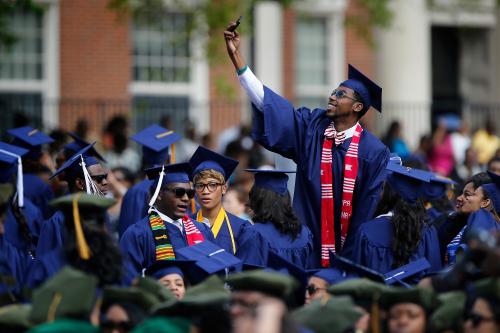
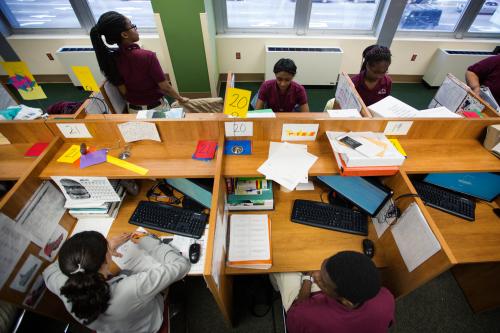
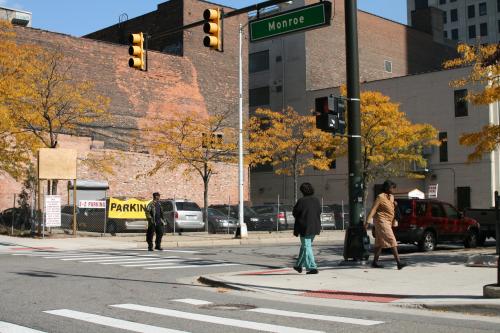
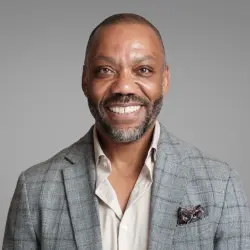
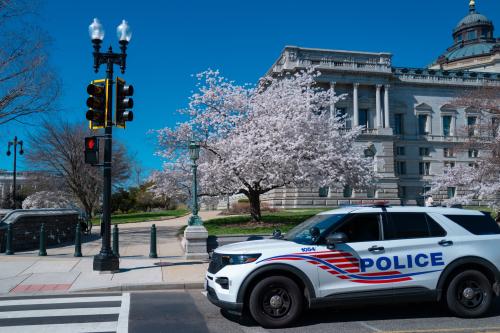
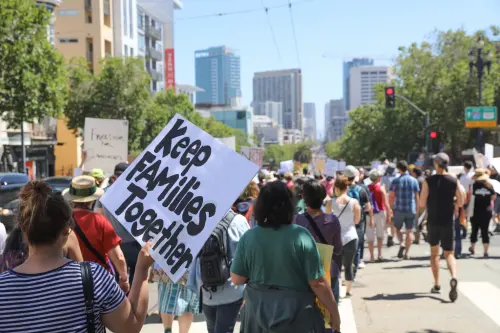
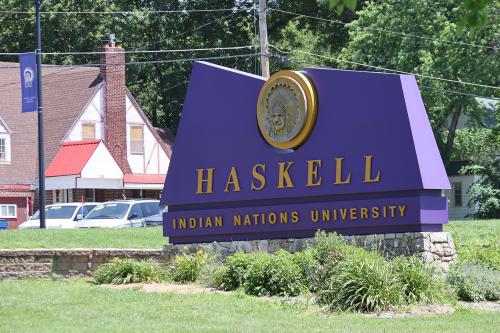
Commentary
If black lives matter, so do historically black colleges and universities
February 15, 2018